The Bird’s Opening is a unique opening that starts with the development of a flank pawn (1. f4). That’s why it’s called a flank opening.
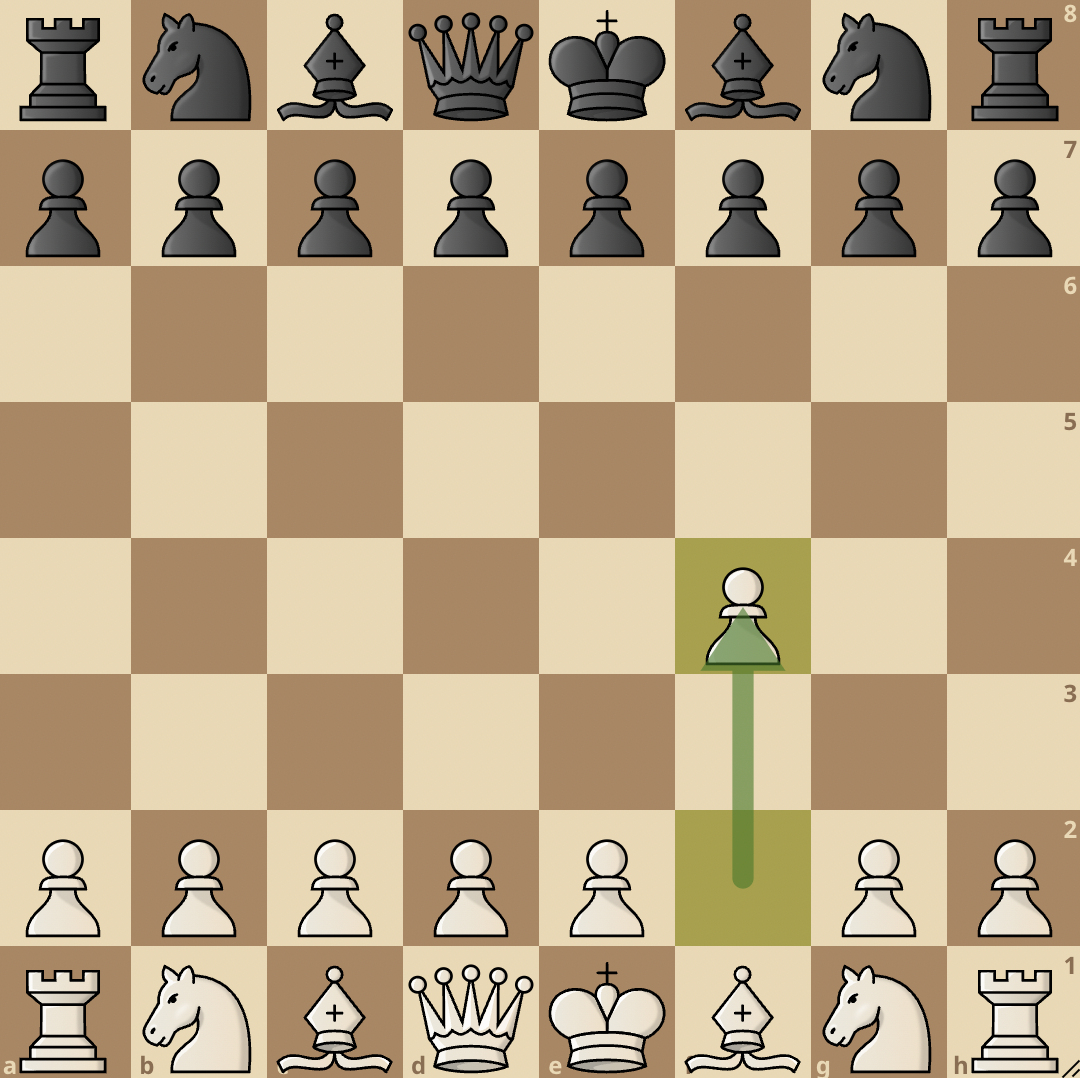
White’s idea is to control the center, but not in the usual conventional way (with the e or d-pawn); rather, they use an outside flank pawn.
The f4 move is double-edged, this is because White’s kingside is weakened, however, with correct play, it shouldn’t pose White too many problems.
The opening was named after the English master, Henry Edward Bird who was known for playing unconventional openings.
Black has two main responses to the Bird’s: 1…d5, the Dutch variation, or the rare 1…e5, the From’s Gambit.
White can also transpose into the King’s Gambit by going through a variation of the Bird’s opening.
We will now go through the main variations of this opening.
Dutch Variation 1…d5
1. f4 d5

If Black responds with 1…d5, the position resembles that of a reversed version of the Dutch Defense.
In the Dutch, White usually develops their d-pawn while Black develops their f-pawn. However, in this variation of the Bird’s opening, it is the other way around.
There are two popular ways the Dutch variation can be played, the g3 variation with the fianchettoed bishop or the e3 variation. We will go over both of them.
Dutch with g3
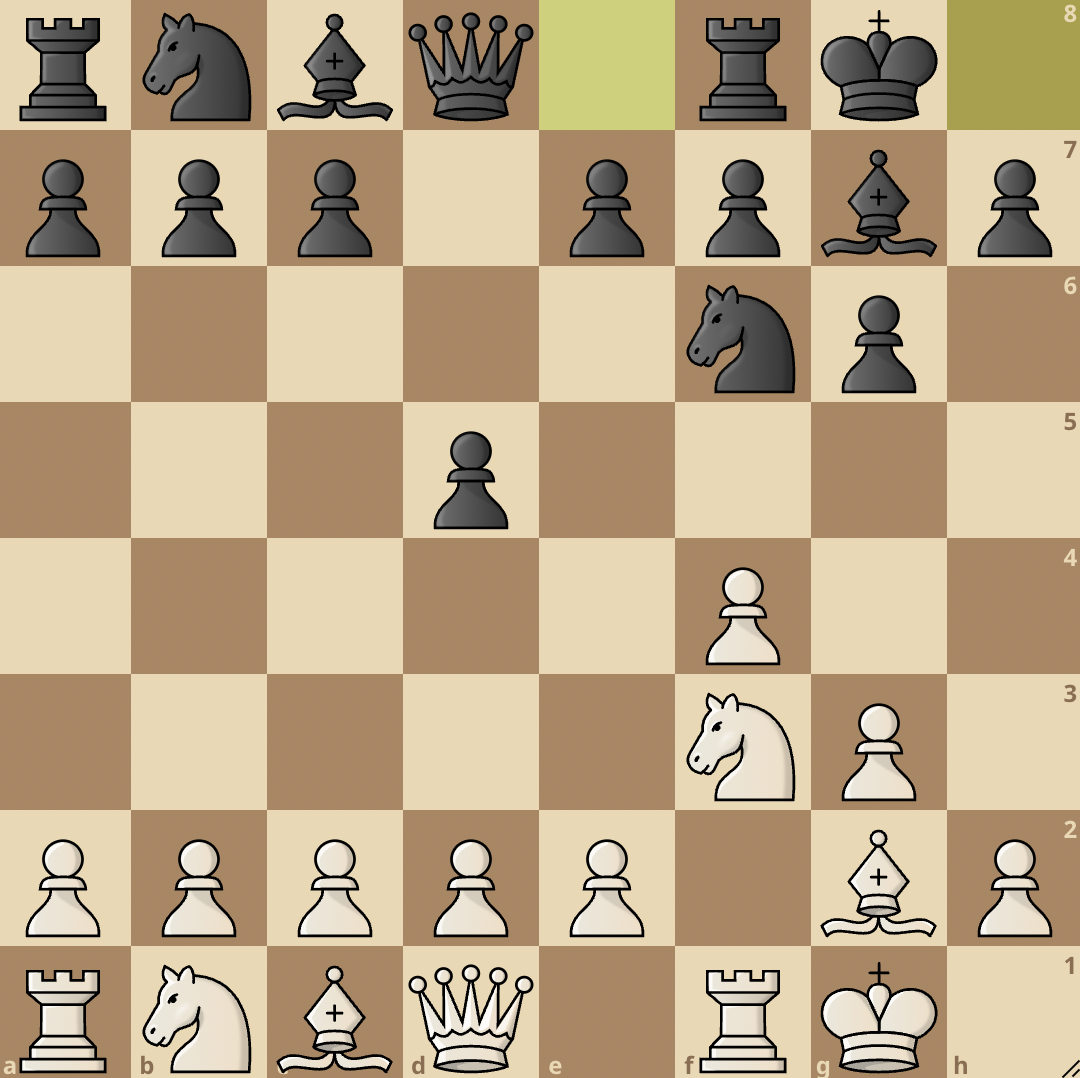
After Black enters the Dutch variation with 1…d5, White continues with 2. Nf3, solidifying their hold on the e5 and g5 square.
Black then plays 2…g6, preparing to fianchetto their bishop and compete with White for the control of the dark squares in the center.
White will continue with 3. g3 and prepare their light-squared bishop to come to g2 from where it would fight for the light-squared diagonal.
Black now fianchettoes their bishop with 3…Bg7 and White does the same with 4. Bg2. Black prepares to castle kingside by developing their knight with 4…Nf6 and both sides castle with 5. 0-0 0-0.
From the position above, we can see that the game will be a positional one where both sides will look to develop their pieces to optimal squares, aim to control space in the center, and fight for an advantage.
Dutch with e3
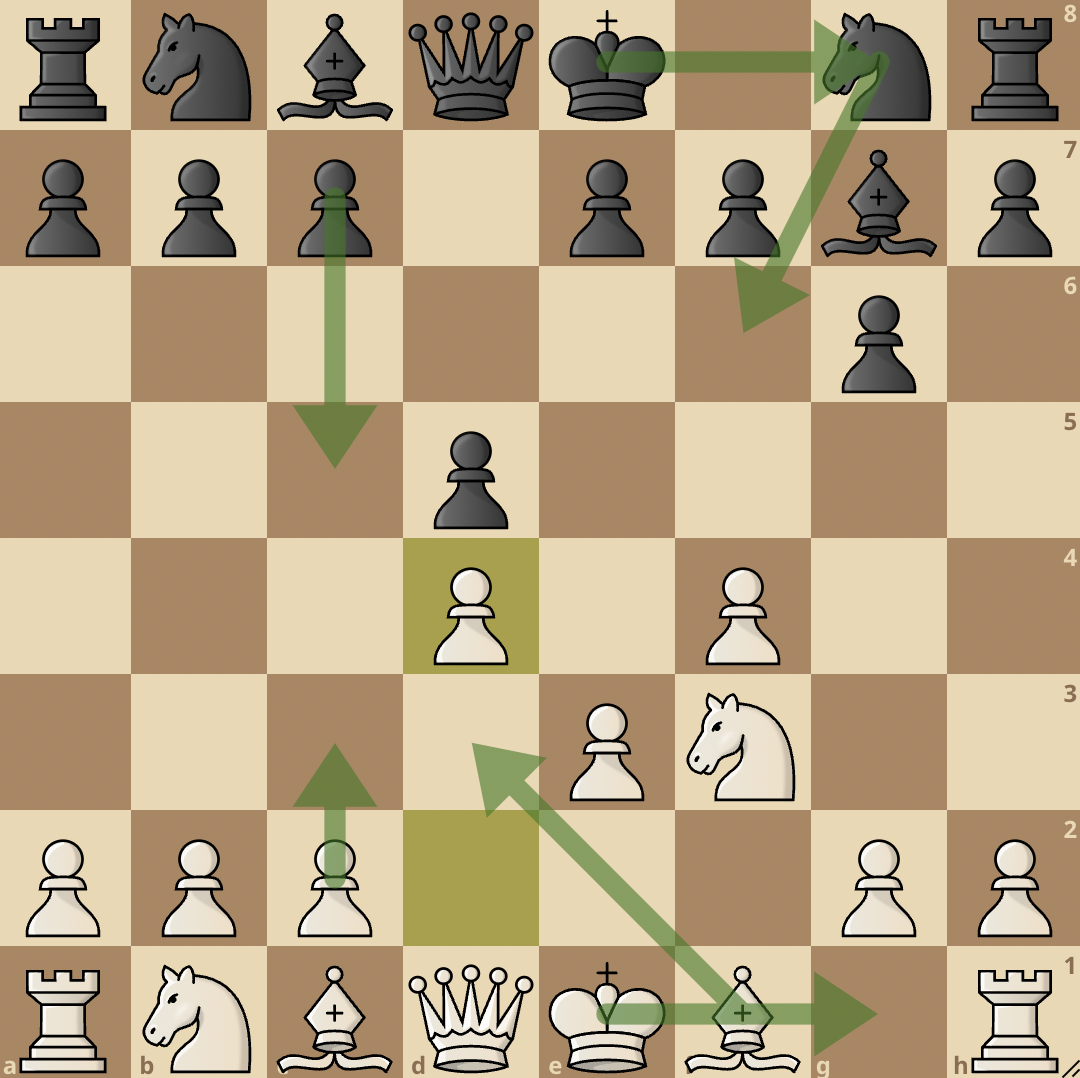
Another way White can play the Dutch variation is to play 2. e3, this prepares for a structure resembling a reversed Stonewall Dutch.
Black continues with 2…g6 and White plays 3. Nf3. Black then fianchettoes their bishop to g7 and White strengthens their hold on the e5 square with 4. d4.
The structure of White’s pawns is very identical to how Black would set up the Stonewall variation in the Dutch Defense.
Black will continue with 4…Nf6, castle, and attack the center with …c5.
Meanwhile, White will develop the light-squared bishop to d3 to cover up for the light-squared weakness around White’s camp, and castle.
When Black eventually pushes …c5, White plays c3 and keeps everything solid.
From’s Gambit
1. f4 e5

The From’s Gambit is an aggressive reply Black uses to tackle the Bird’s opening.
After 1…e5, White can choose to transpose into the King’s Gambit with 2. e4. White moves to the King’s Gambit to sway the tempo of the game in their favor. By playing 2. e4, the game enters the King’s Gambit and White goes back into the driver’s seat.
However, if White chooses to continue in the spirit of the From’s Gambit, they will play 2. fxe5 and accept the gambit. Black now continues with 2…d6.
White has won a pawn, however they have to be very careful as they can easily lose the game if they fall for Black’s tricks.
An example of a trap that can occur in the From’s Gambit is if after 2…d6 the move sequence continues with 3. exd6 Bxd6 4. Nc3?? Qh4+ 5. g3 Qxg3 6. hxg3 Bxg3#.
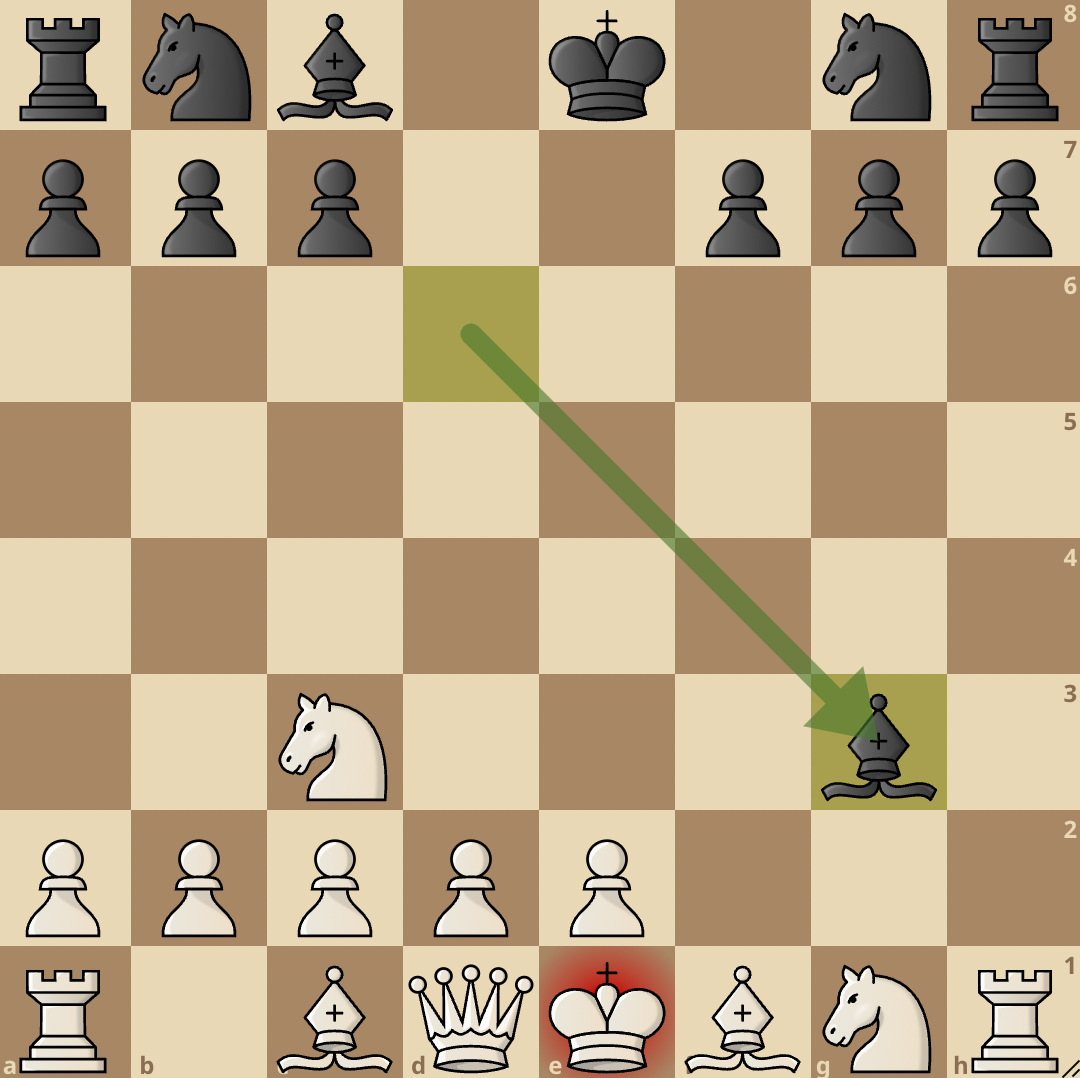
From this sequence, we can see that if White is not careful, and they play 4. Nc3 instead of the better move that is 4. Nf3, they will lose the game in spectacular fashion after 4…Qh4+.
If …Qh4+ lands, there is no saving grace for White, ….g3 is the only remedy, and after …Qxg3 and hxg3, Bxg3# is checkmate.
A way for White to avoid the dangers of the From’s Gambit is to decline the offer of the d6 pawn (2…d6) with 3. Nf3.
The game then continues with Black capturing on e5 with 3…dxe5, White plays 4. e4 and the game continues with neither side having a clear advantage.
White, however, needs to protect their king as the absence of the f-pawn makes them vulnerable. However, if they can weather the storm and castle, the f-file can become a means for White to attack Black’s kingside using their rook.
Successful Deployments
Touch the moves or move the board around for a better interactive experience.
Henry Bird v Emmanuel Lasker, B.C.A National (1892)
A lot of players are skeptical about trying out the Bird’s opening. But what if we told you that this opening was used to defeat a soon-to-be World Champion?
Yes, you heard right. In 1892 when Henry Bird faced Emmanuel Lasker, he showed the world just how strong the opening can be as he won an excellent game against Lasker.
Oleg Romanishin v Garry Kasparov, Leningrad (1975)
The Bird’s opening had been used in the past to defeat a soon-to-be world champion, however, when Oleg Romanishin tried it against Garry Kasparov, another soon-to-be champion in 1975, Kasparov was having none of it and successfully neutralized and crushed the Bird’s opening.
Savielly Tartakower v Richard Reti, Vienna (1914)
This game between Savielly Tartakower and Richard Reti is a very instructive one on how to play the Bird’s Opening. Enjoy!
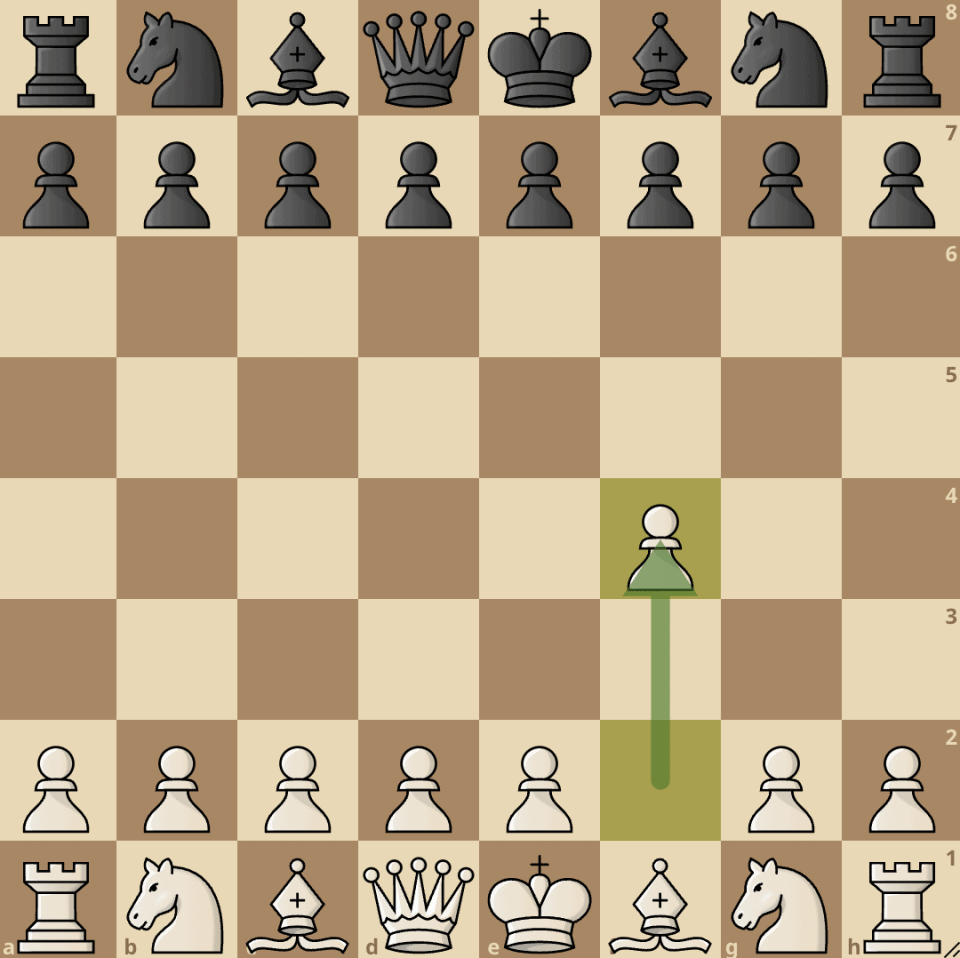




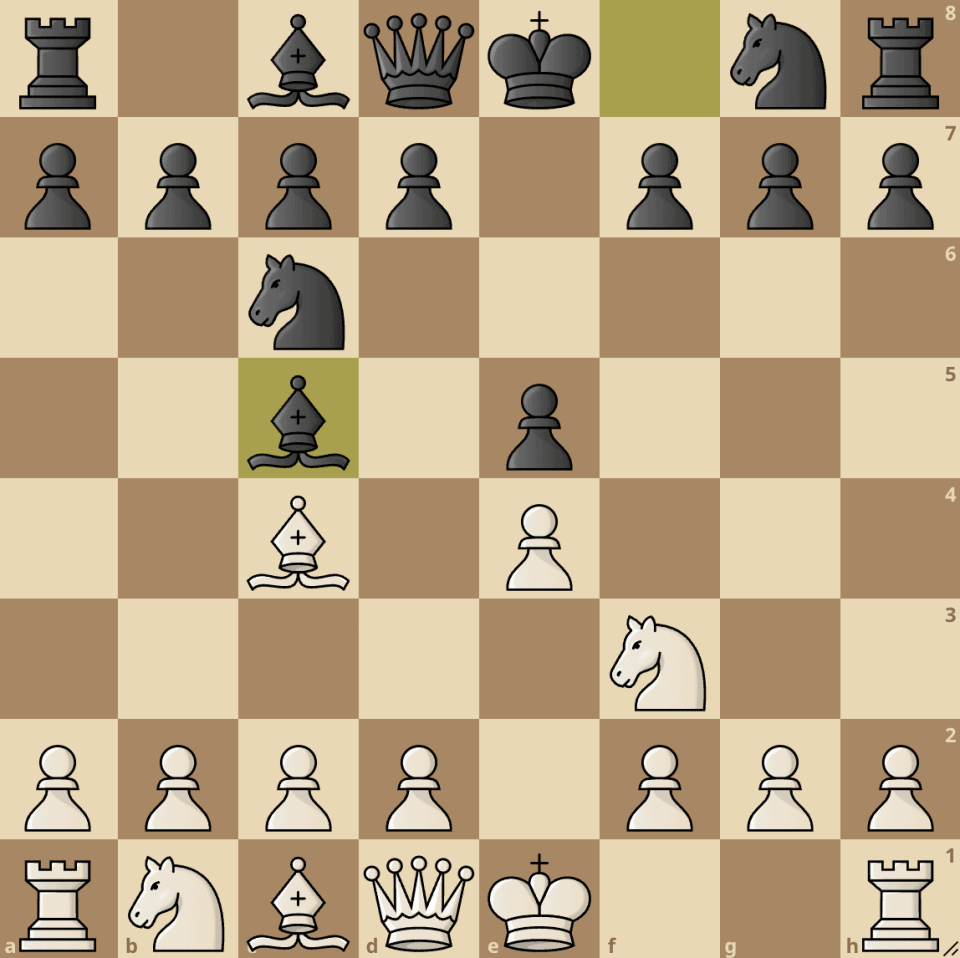

join the conversation